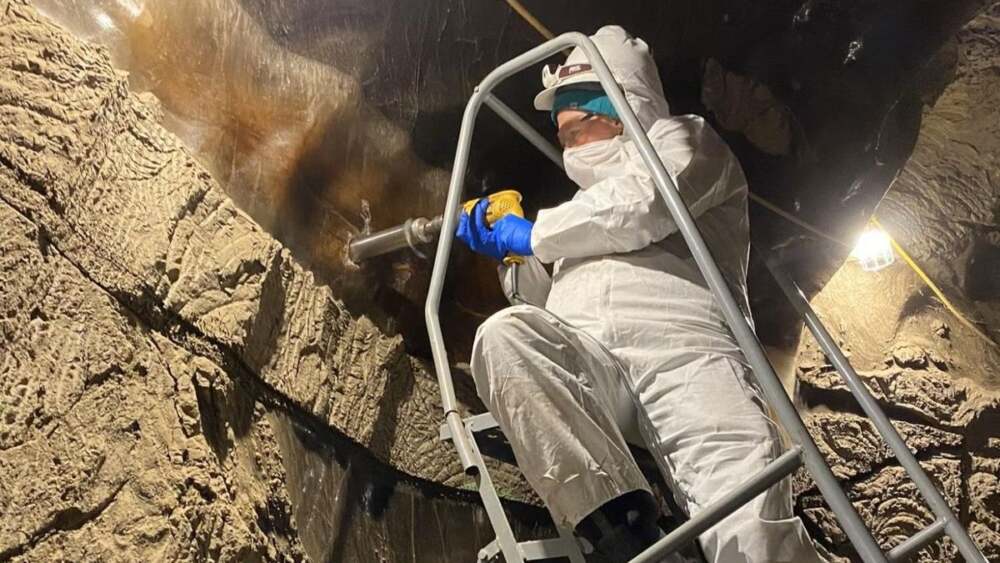In a new twist to our understanding of the planet’s climate system, scientists have discovered that the Southern Ocean — one of Earth’s largest carbon and heat sinks — could be building up for a sudden and powerful release of stored warmth. This phenomenon, described by researchers as a potential “burp” of heat, may significantly affect future climate patterns and complicate global efforts to cool the planet even after greenhouse gas emissions are reduced.
A Hidden Powerhouse Beneath the Waves
The Southern Ocean, encircling Antarctica, plays a crucial role in regulating the global climate. It absorbs nearly a quarter of all human-produced carbon dioxide and more than 90 percent of the excess heat generated by those emissions. This makes it one of the planet’s most important buffers against rapid warming. However, new modeling suggests that this buffer might not be as stable as once thought.
Under certain climate scenarios where human emissions drop dramatically and global temperatures begin to cool, the Southern Ocean could start releasing much of the heat it has stored over decades. This release would effectively cause a temporary “rebound” in warming — a sudden spike in atmospheric heat even as carbon levels decline.
What the Research Shows
To explore this potential event, scientists used advanced climate models that simulate how the atmosphere, ocean currents, and ice interact over long timescales. They found that when emissions peak and then sharply decrease — such as in a future where humanity reaches net-zero and begins actively removing carbon from the air — the Southern Ocean may experience internal shifts in its circulation.
As surface waters cool and become denser, they could start mixing with the deeper, warmer layers below. This process could drive stored heat upward, releasing it into the atmosphere over decades or even centuries. The result: a temporary but powerful burst of warming, even in an otherwise cooling world.
Why It Matters
The implications are profound. This discovery challenges the assumption that oceans will continue absorbing heat indefinitely. Instead, it suggests that the planet’s largest heat sink could turn into a temporary heat source — delaying the effects of emission reductions and complicating predictions of how quickly Earth might cool after climate goals are achieved.
If such a release occurs, it could trigger short-term regional warming patterns, affect global weather systems, and potentially accelerate melting in nearby regions such as Antarctica. Scientists warn that while the “burp” would not necessarily undo long-term climate progress, it could create unpredictable fluctuations in global temperature trends.
Not Just About Heat — The Role of Ocean Dynamics
The ocean’s behavior depends on intricate layers of circulation. In the Southern Ocean, cold surface water typically sinks and traps warmer water below, locking in vast amounts of energy. However, small shifts in wind patterns, sea-ice coverage, or salinity can disturb this balance. Once the deeper heat begins to rise, the process can be difficult to stop.
Researchers emphasize that this is not just a theoretical curiosity. Historical data show that similar events may have occurred during past climate transitions, where the ocean released large amounts of heat following glacial periods. Those episodes coincided with sudden bursts of warming that reshaped the planet’s climate trajectory.
The Challenge for Climate Planning
For policymakers and scientists, the findings present a daunting challenge. Even with strong efforts to curb emissions, Earth’s natural systems may still produce delayed or unexpected feedbacks. This means that future climate stabilization could take longer than current models predict — and societies must be prepared for potential bumps along the way.
Monitoring the Southern Ocean is particularly difficult due to its remote location and harsh conditions. Yet, new satellite technologies and autonomous underwater vehicles are beginning to provide clearer insights into how its layers store and release heat. Expanding these observations will be vital to improving climate forecasts and preparing for any abrupt oceanic shifts.
A Reminder of Earth’s Complexity
The idea that the ocean could suddenly release centuries’ worth of stored energy underscores a broader truth about the climate system: it is not a simple machine that reacts instantly to changes in human activity. Instead, it is a dynamic, interlinked network of processes — capable of both buffering and amplifying global changes.
Even as humanity works toward reducing emissions and stabilizing temperatures, the Southern Ocean’s potential “burp” serves as a humbling reminder that the planet has its own timelines and feedback loops. The deep ocean’s memory of past heat may echo long after surface temperatures begin to cool, shaping the climate for generations to come.












Leave a Reply